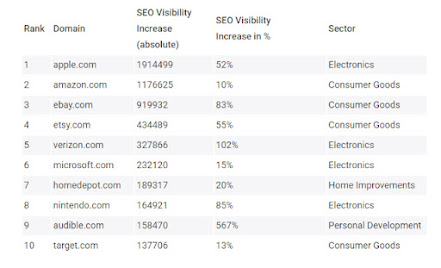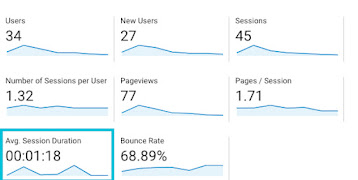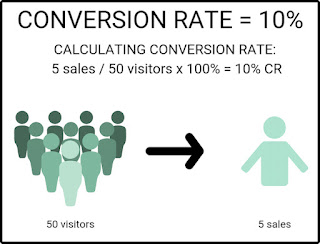Off Page SEO: Why Content Marketing is Important for SEO?

What is Content Marketing? Content marketing involves creating and distributing content that is relevant to a business’s audience to help educate and inform customers. Content marketing does not include sales pitches or marketing gimmicks, it’s intended for building trust and authority in the industry. An effective content marketing strategy will help improve SEO and increase inbound traffic and leads (Content Marketing Institute, 2021). Figure 1 below illustrates some interesting statistics on the benefits of content marketing. Figure 1: Content Marketing Statistics (Petrova, 2020) By producing and publishing new and fresh content that is relevant to your target audience, you can build trust and authority among your customers and leads. This content can help improve conversions by providing educational information to the audience in the form of articles, videos, infographics, webinars, and blog posts (Sinha, 2019). Creating an Effective Content Marketing Strategy Creating a




